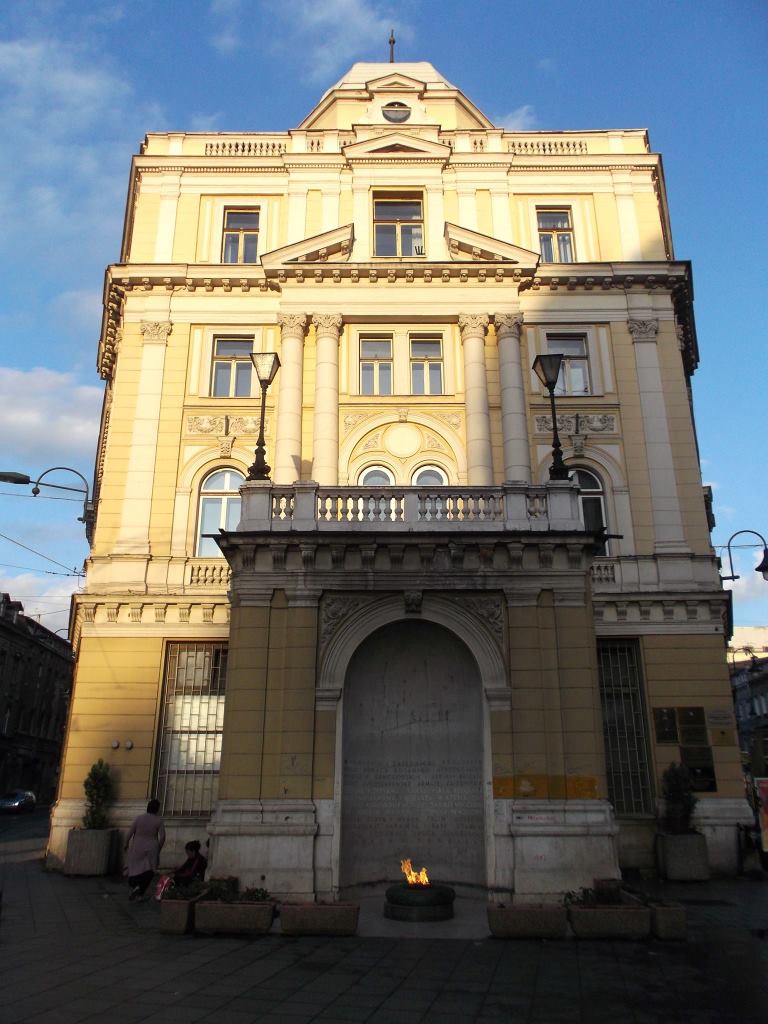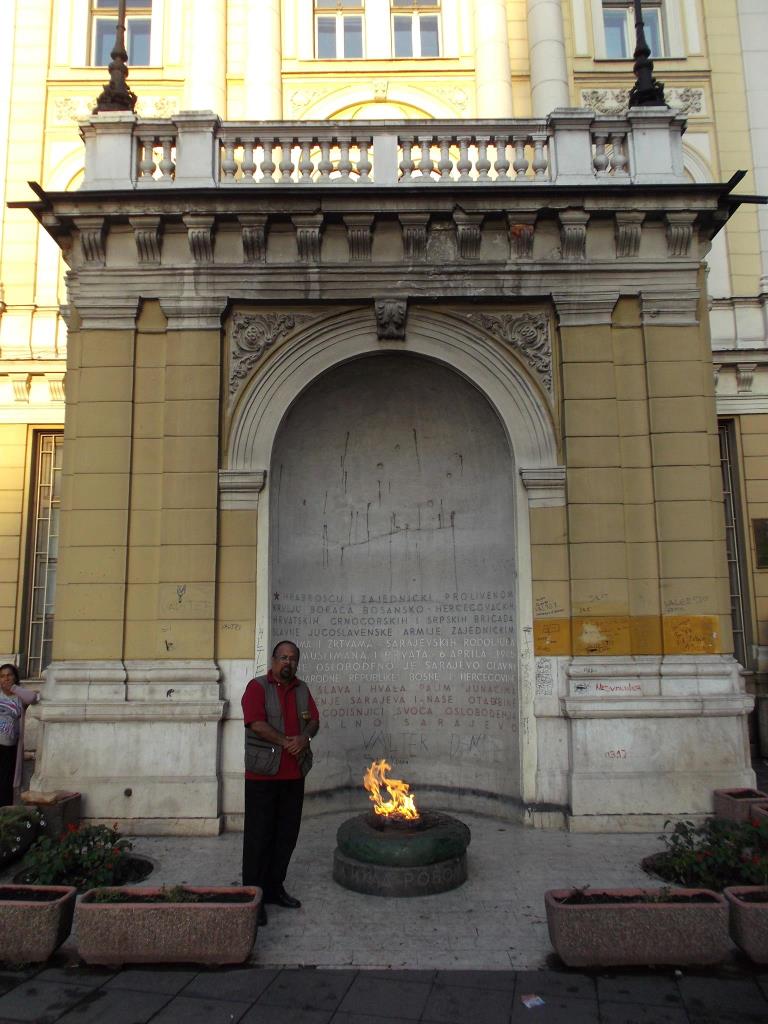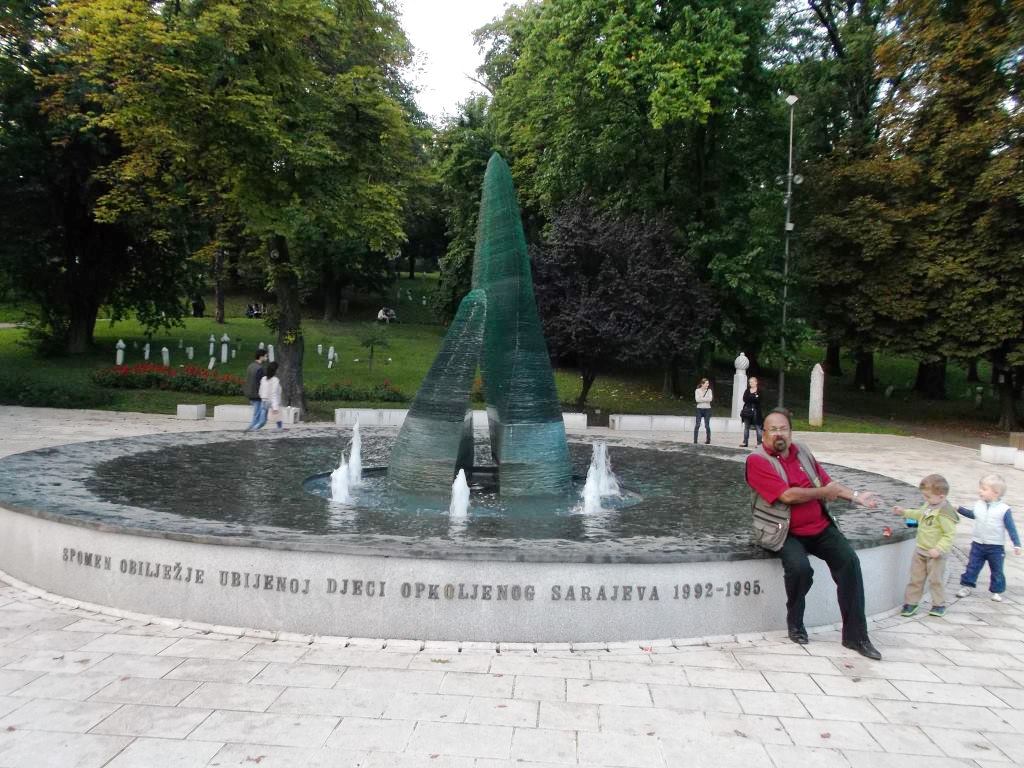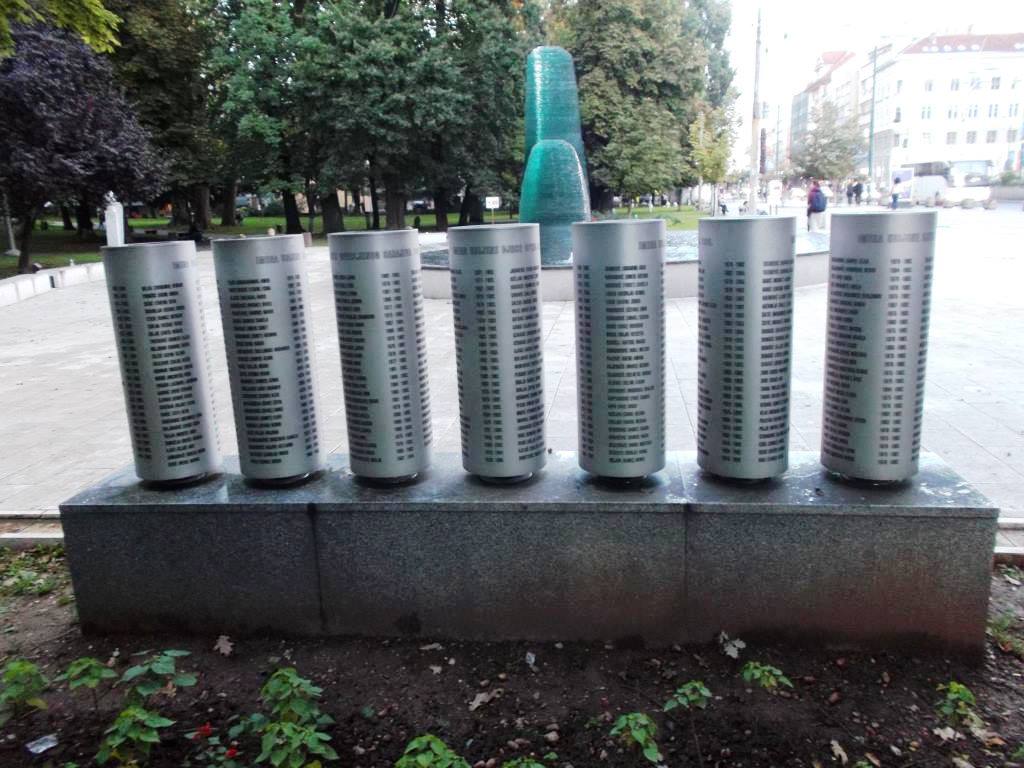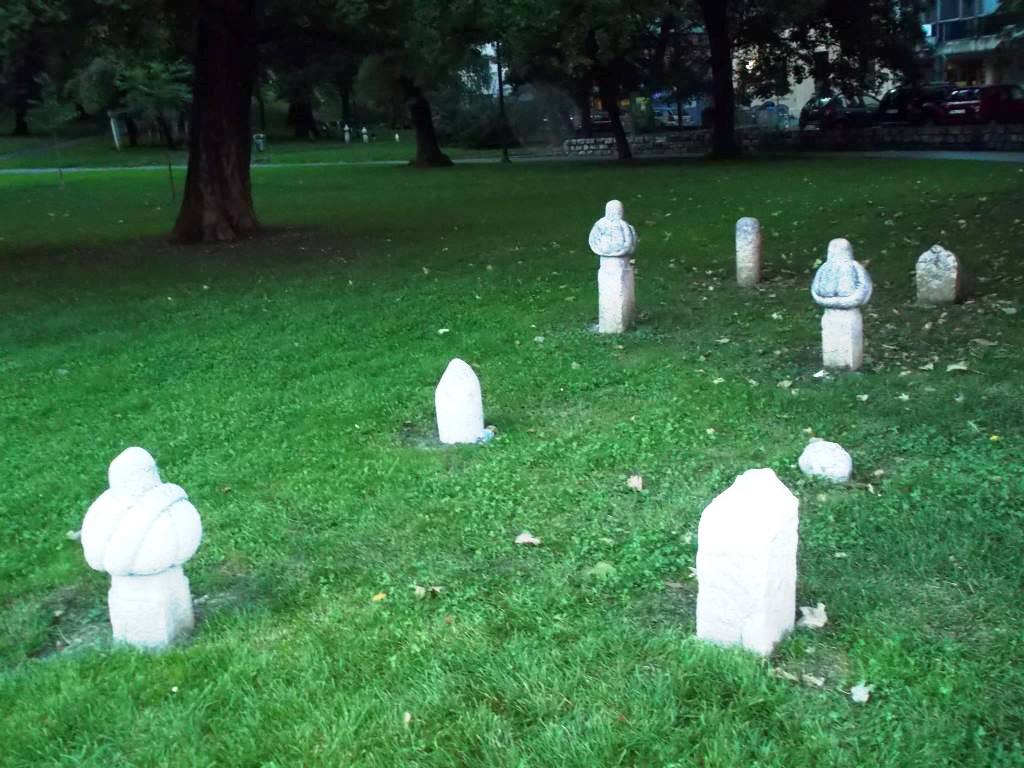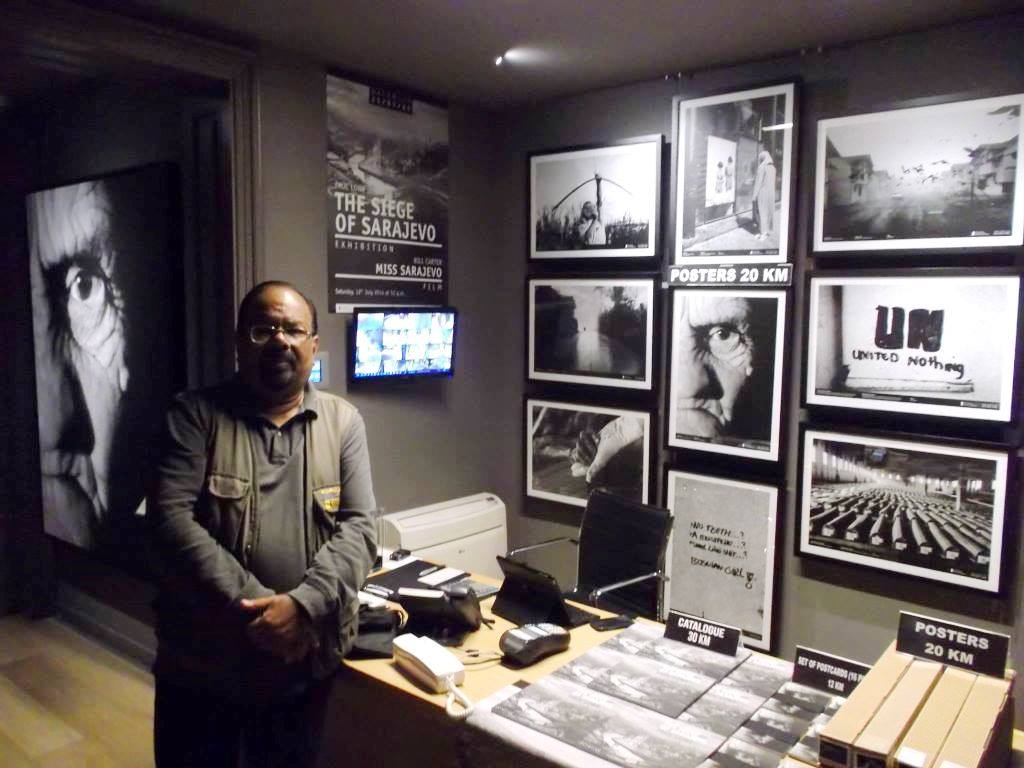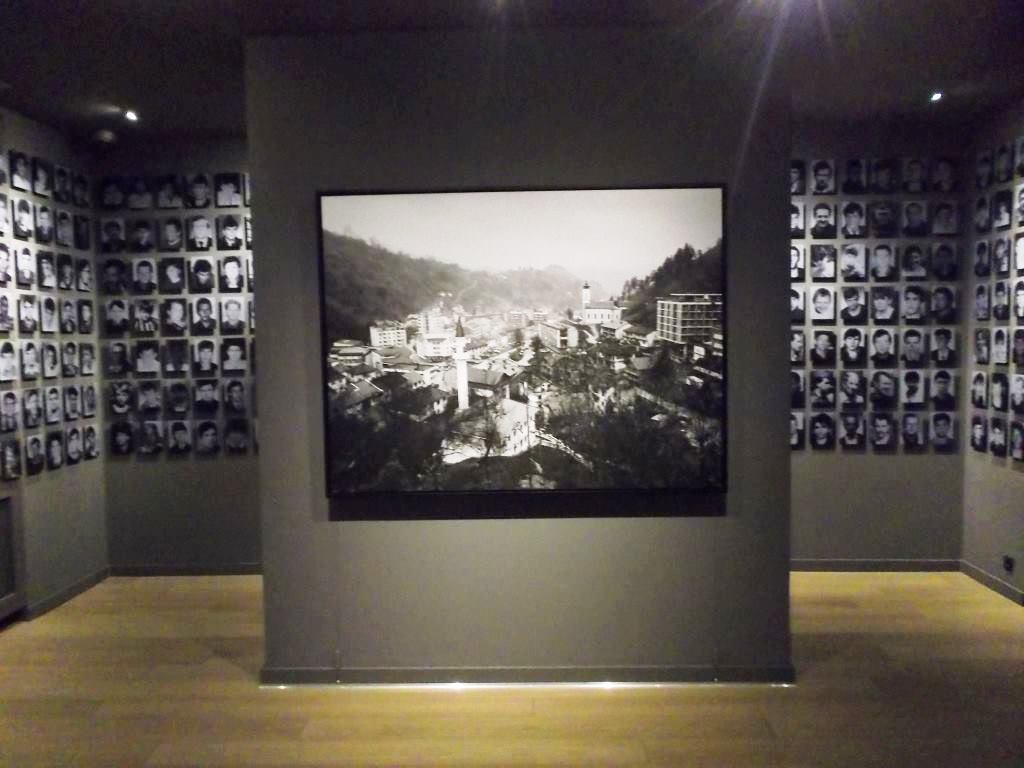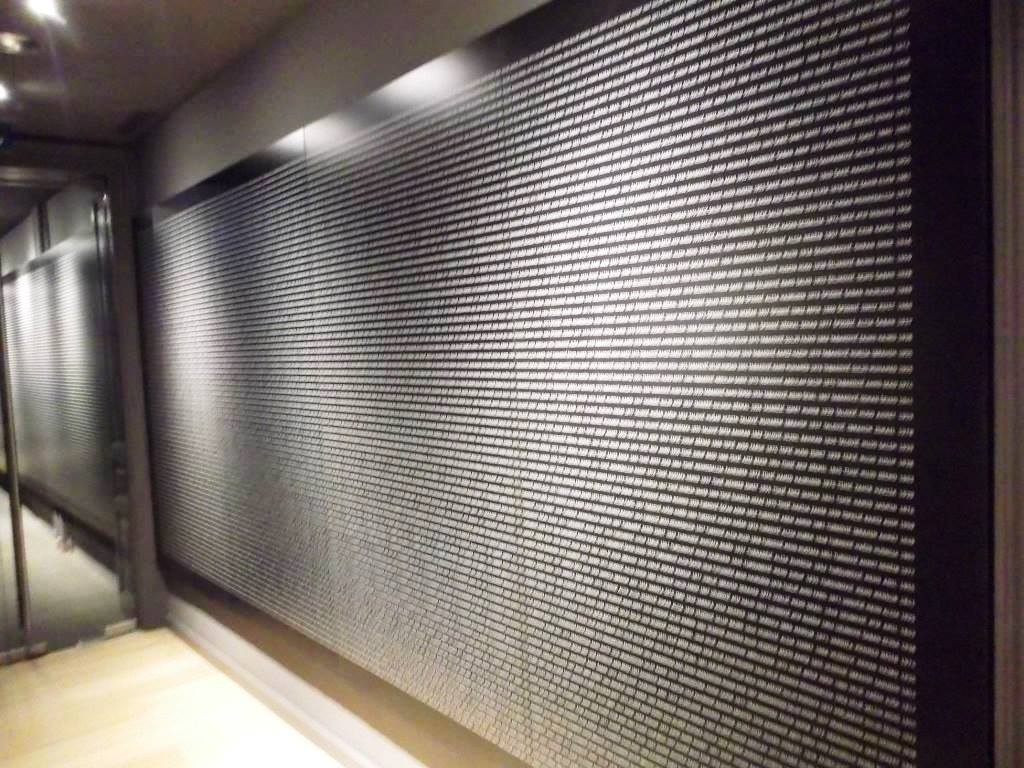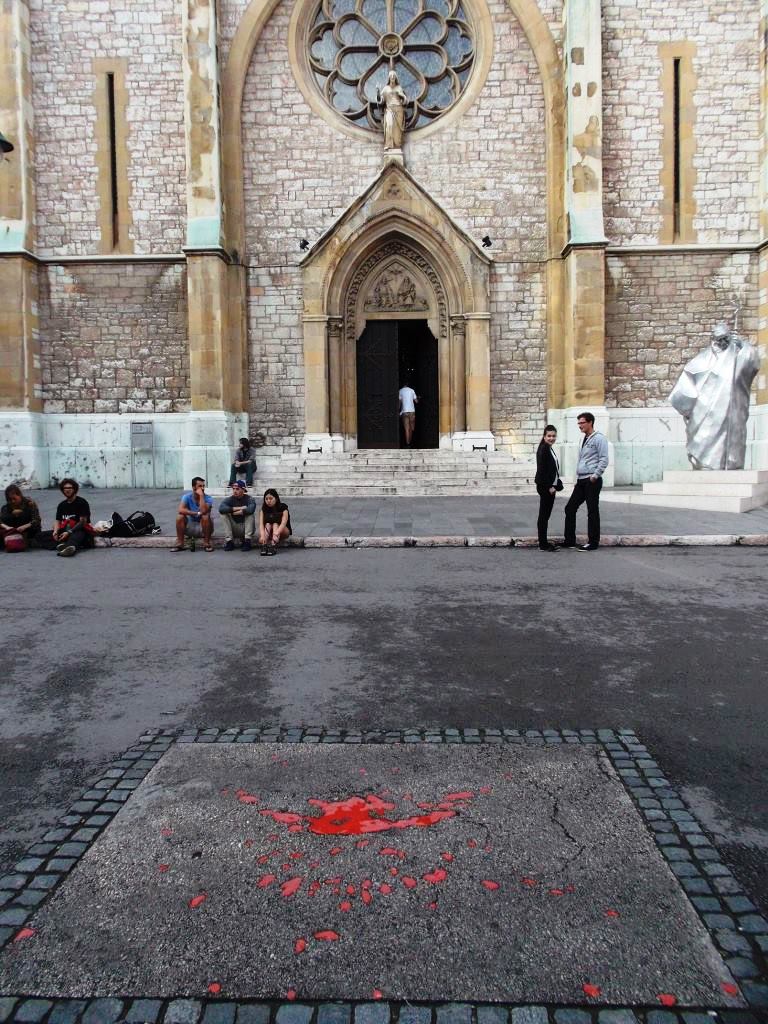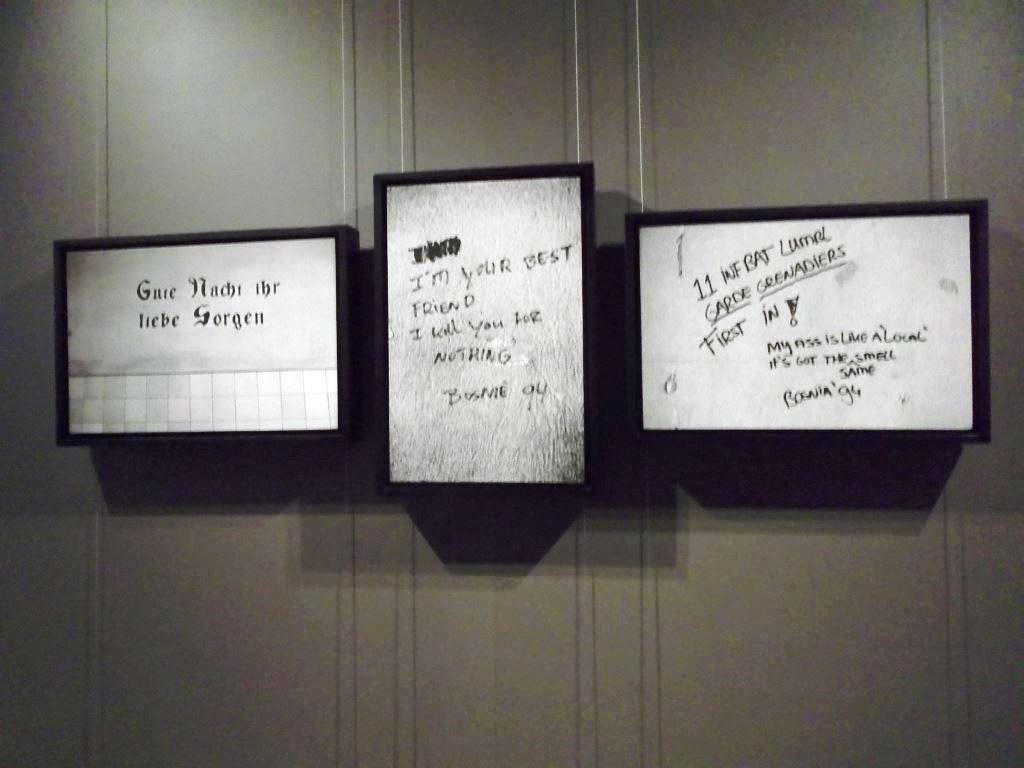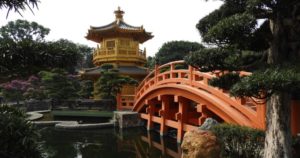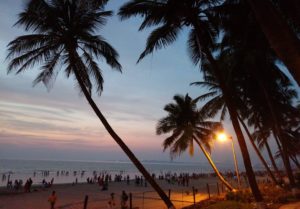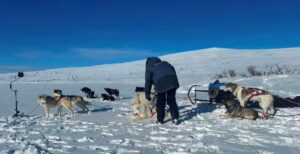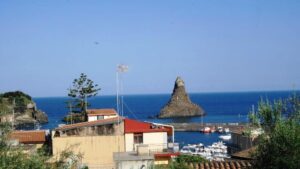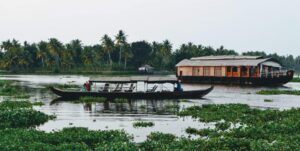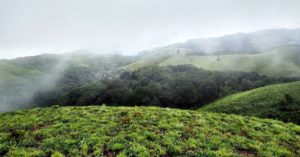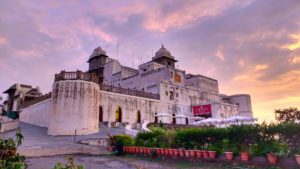On The Genocide Trail
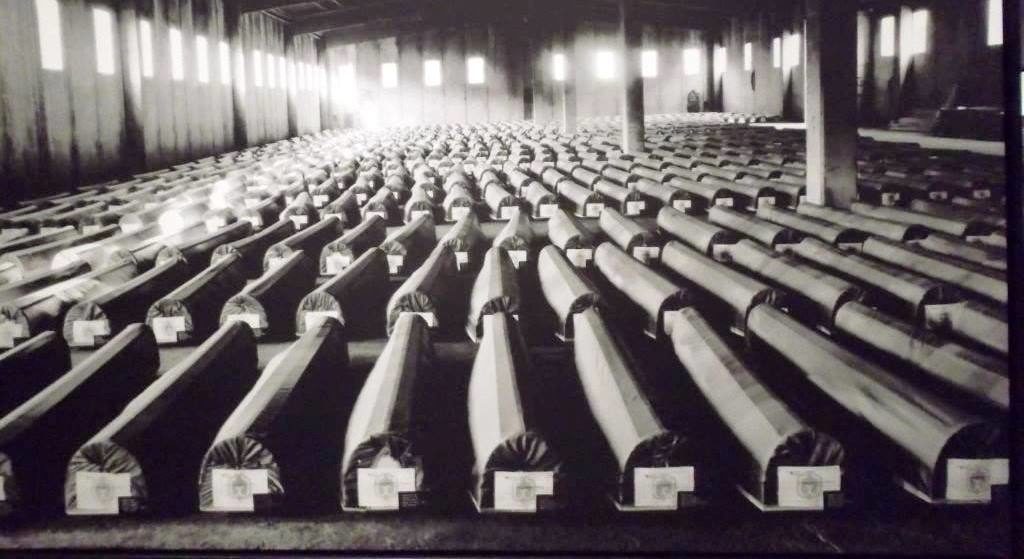
As is the case with almost everything in life, even tourism has its darker side. While in general people travel for many reasons, primarily for the purpose of exploring and recreation, tourism too has its darker side. Dark Tourism usually involves travelling to places and monuments historically associated with death, destruction and tragedy.
As a passionate traveller, while I do not actively choose to engage in the darker side of tourism, my journeys do sometimes bring me to places which are historically associated with death and tragedy. Having travelled to most pat of the world, I make it a point to visit any such site, if it happens to be on my travel route.
World history tells us about countries where mass killings have taken place – either due to wars, or due to genocide committed against specific races. Some are associated with incidents way back in the past, much before our times, while some are more recent. Yet nothing in the history books prepare us for the scale of the destruction and atrocities that took place. While some of the recorded survivor accounts are quite graphic, the sheer scale of the atrocities hits you only when you are actually there, and it can be quite overwhelming. These places virtually hold out a mirror to us, showing us the dark side of humanity and the cruelty that we, so called human beings, are capable of.
In many parts of the world, the sites of these atrocities have been turned into memorials and museums in memory of those who lost their lives. History has already documented most of these genocides and horrors, so I will not attempt to rewrite it. What I will attempt to do, however, is to share with you the images of these sites as captured by my camera. The historical backgrounds of these memorials have been taken from various websites.
The Holocaust Memorial in Berlin, Germany
On a stretch of the former ‘death strip’ where the Wall once stood near Brandenburg Gate, is Berlin’s stunning monument to the Holocaust, dedicated to the Jewish victims of the Nazi genocide of World War II. It is an imposing place of remembrance and warning.
It was inaugurated on May 10, 2005, sixty years after the end of World War II. It is a 4.7-acre site covered with 2,711 concrete slabs or ‘stelae’, arranged in a grid pattern on a sloping field organized in rows but set slightly askew. The stelae are 7ft 10in long, 3ft 1in wide and vary in height from 7.9in to 15ft 5in.
The Holocaust was the systematic, bureaucratic, state-sponsored persecution and murder of six million Jews by the Nazi regime and its collaborators. It is a word of Greek origin meaning ‘sacrifice by fire’.
After coming to power in 1933, Germany’s Nazi Party implemented a highly organized strategy of genocide aimed at ethnically ‘purifying’ Germany, a plan Hitler called the ‘Final Solution’. Six million Jews and five million Slavs, Roma, disabled, Jehovah’s Witnesses, homosexuals, and political and religious dissidents were killed during the Holocaust. This was a crime so monstrous, so undreamt of in history that the term ‘genocide’ had to be coined to define it.
The Holocaust, is defined as the sum total of all anti-Jewish actions carried out by the German regime between 1933 and 1945 : from stripping the German Jews of their legal and economic status in the 1930s, to segregating and starving Jews in the various occupied countries, to the murder of close to six million Jews in Europe. The Holocaust is part of a broader aggregate of acts of oppression and murder of various ethnic and political groups in Europe by the Germans.
[the_ad_placement id=”content”]
During this period Nazi Germany and its allies established more than 40,000 camps and other incarceration sites. The perpetrators used these sites for a range of purposes, including forced labour, detention of people thought to be enemies of the state, and mass murder. These facilities were called concentration camps because those imprisoned there were physically ‘concentrated’ in one location.
Sources: Berlin.De , Wikipedia , Lloyd Sealy Library , End Genocide , US Holocaust Memorial Museum
Srebrenica – Bosnia & Herzegovina.
In the more recent history, one place that witnessed a terrible massacre was the town of Srebenica in Eastern Bosnia & Herzegovina. One of my trips happened to take me to Srebrenica, and below are some grim pictures which I brought back from there. It is rather hard to believe that this happened in our times – in the 90s.
In 1991, Yugoslavia began to break up along ethnic lines. When the republic of Bosnia and Herzegovina declared independence on April 5, 1992 the region quickly became the central theatre of fighting. Serbian forces accompanied by Bosnian Serbs attempted to ethnically cleanse the territory of the Bosniaks. Using former Yugoslavian military equipment, they surrounded Sarajevo, Bosnia’s capital city.
Snipers hid in the hills and shot at civilians as they tried to get food and water. Mass executions, concentration camps, rape and sexual violence, and forced displacement were all extremely prevalent.
The ‘siege of Sarajevo’ is considered to be one of the most dramatic and representative part of Yugoslavia’s breakup, with thousands killed over the course of nearly four years.
At that time Bosnia-Herzegovina had a population of 4 million, composed of three main ethnic groups: Bosniak (Bosnian Muslim, 44%), Serb (31%), and Croat (17%), as well as Yugoslav (8%).
This was opposed by Bosnian Serbs, who launched a military campaign to secure coveted territory and ‘cleanse’ Bosnia of its Muslim civilian population. The Serbs targeted Bosniak and Croatian civilians in areas under their control, in what has become known as ‘ethnic cleansing’.
During the civil war that lasted from 1992 to 1995, an estimated 100,000 people were killed and more than 2 million displaced, 80% of whom were Bosniaks. The height of the killing took place in July 1995 when Serb forces, led by General Ratko Mladic, descended upon the town of Srebrenica and began shelling it. Srebrenica fell to the Serbs in one day. The Bosnian Serb forces killed as many as 8,000 Bosniak men and boys from the town of Srebrenica in what became known as the Srebrenica genocide, the largest massacre in Europe after the Holocaust. Many women were subjected to torture, rape, and other forms of sexual violence. Thousands were buried in mass graves.
Source: Wikipedia , End Genocide
The Genocide Trail does not end here. Soon I will share with you similar stories of horror from other parts of the world. Till then, this is Ashok Singhal signing off.





